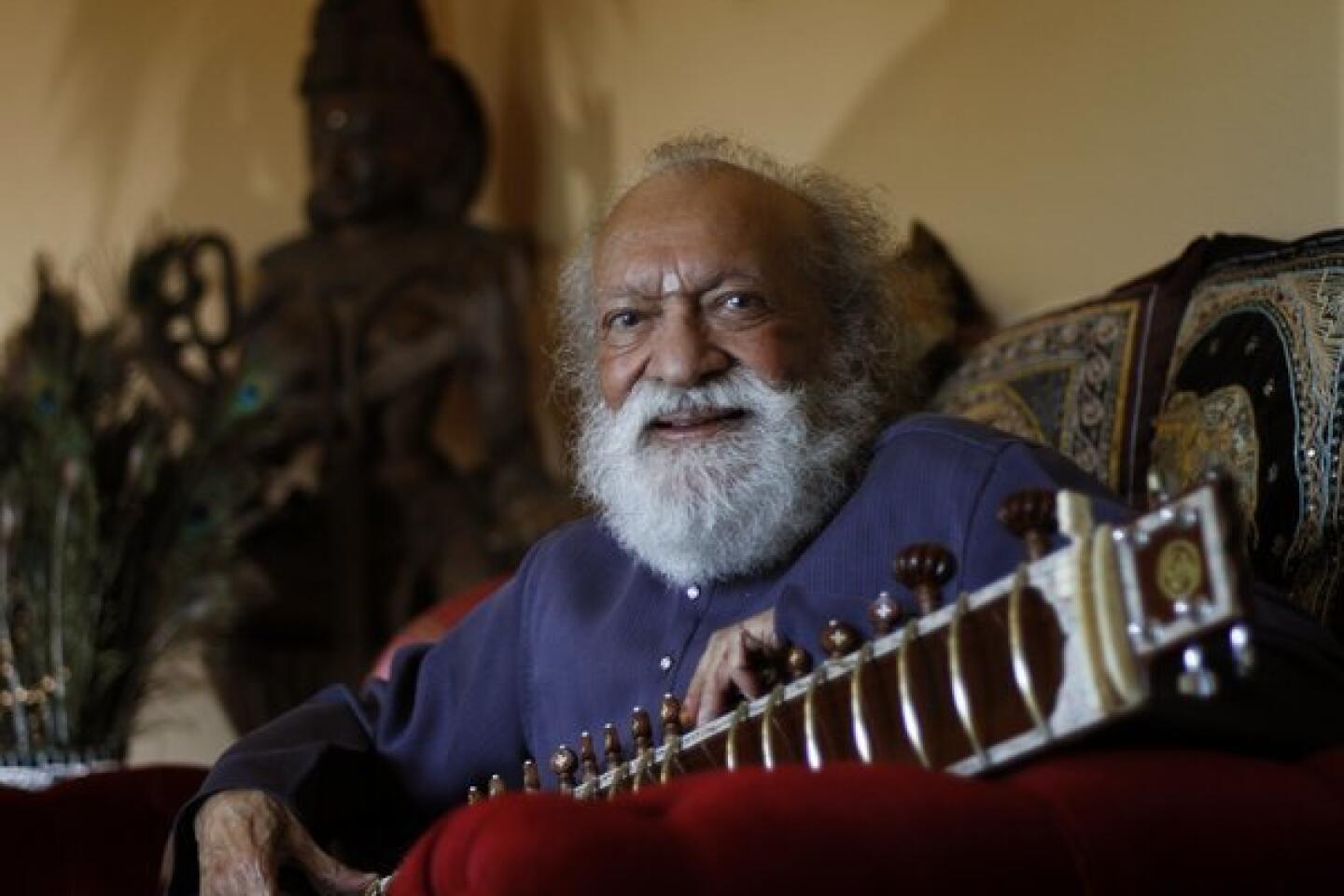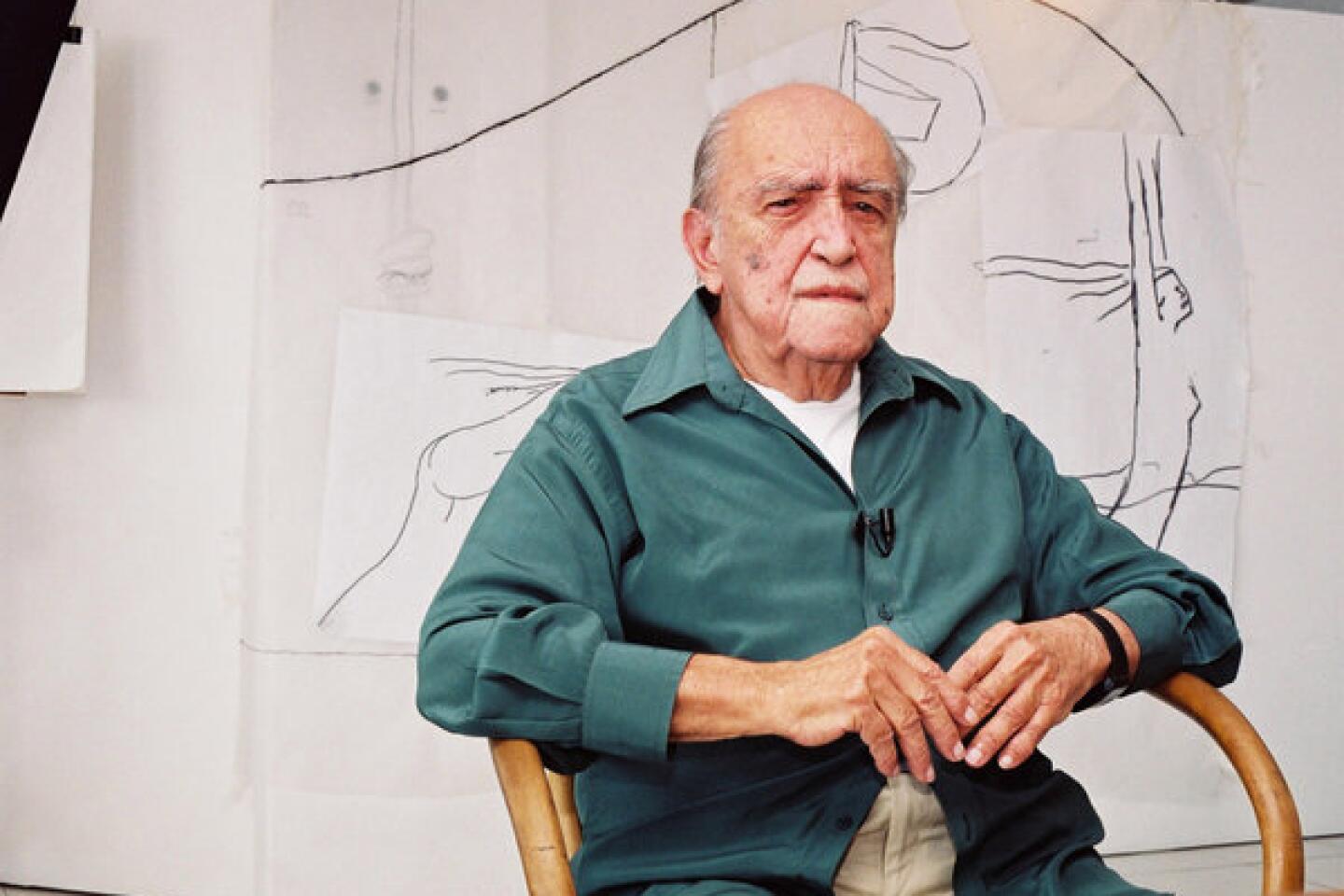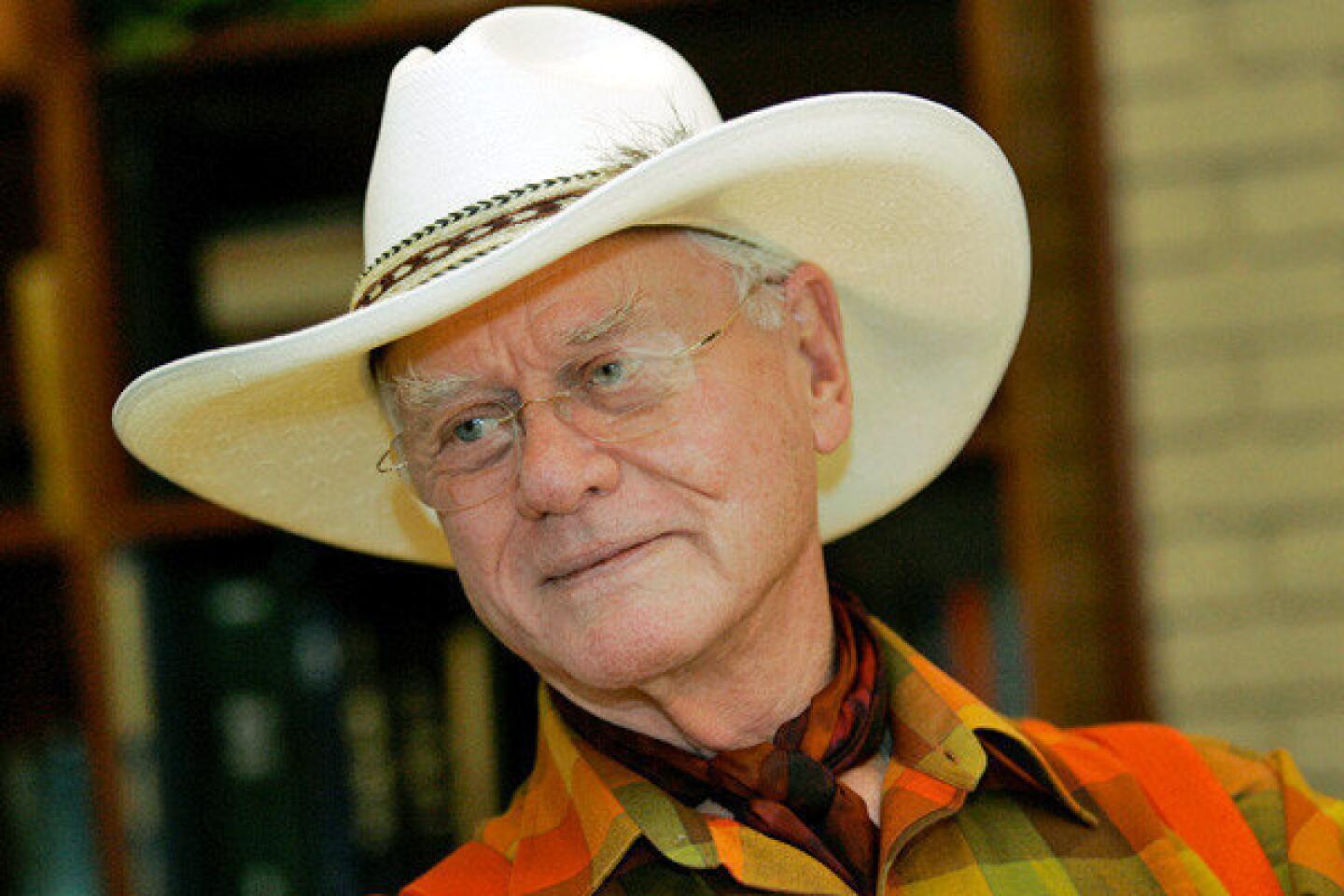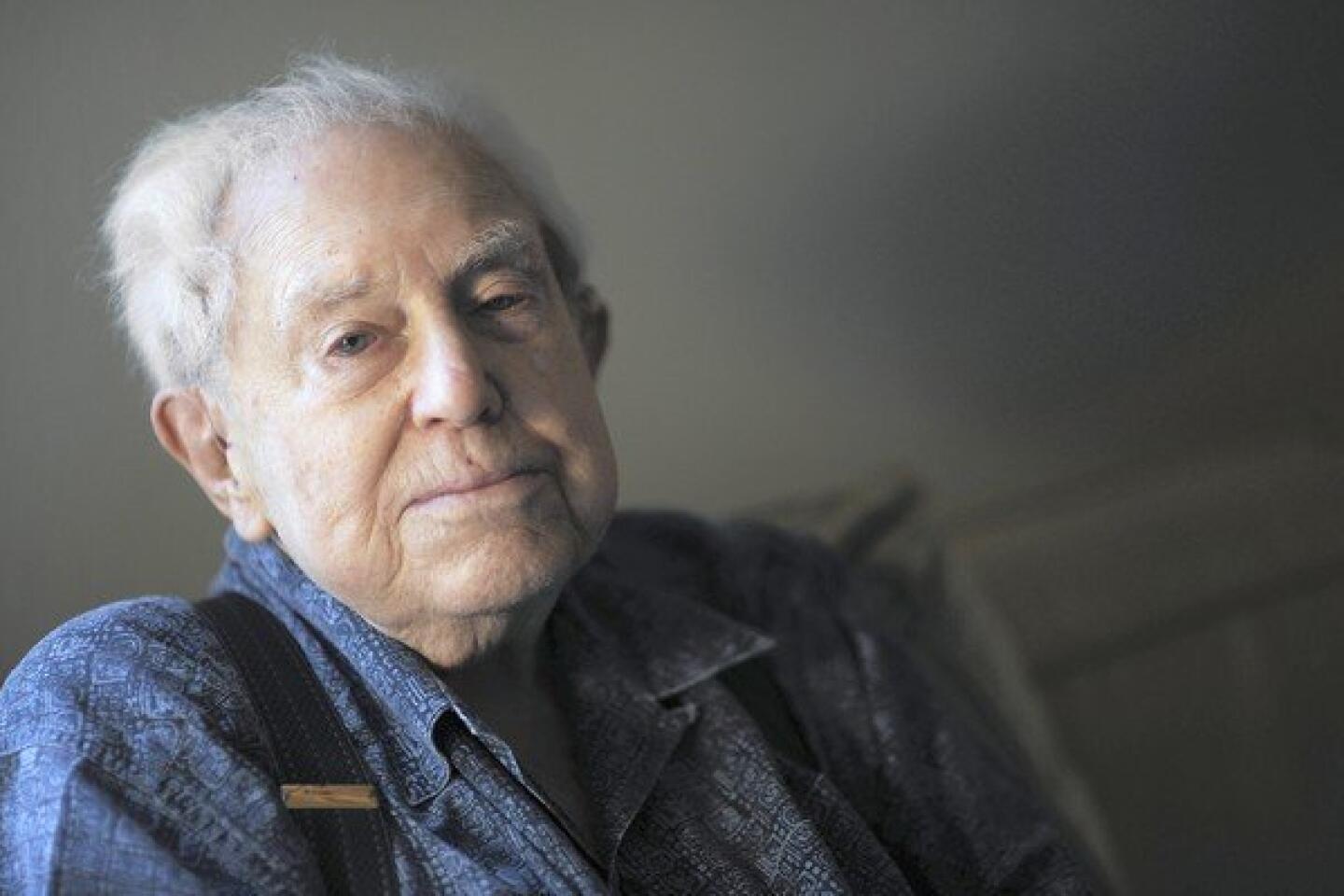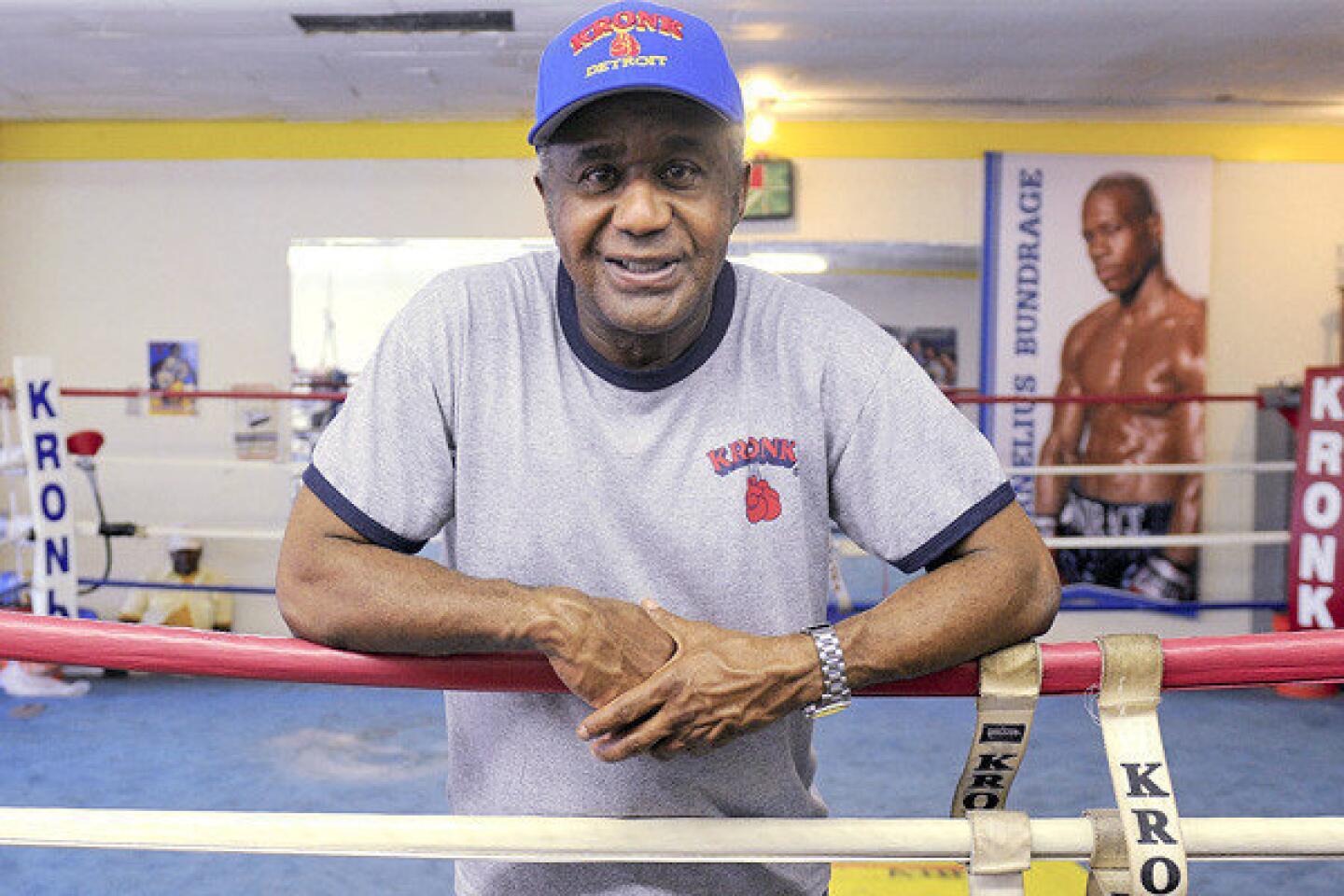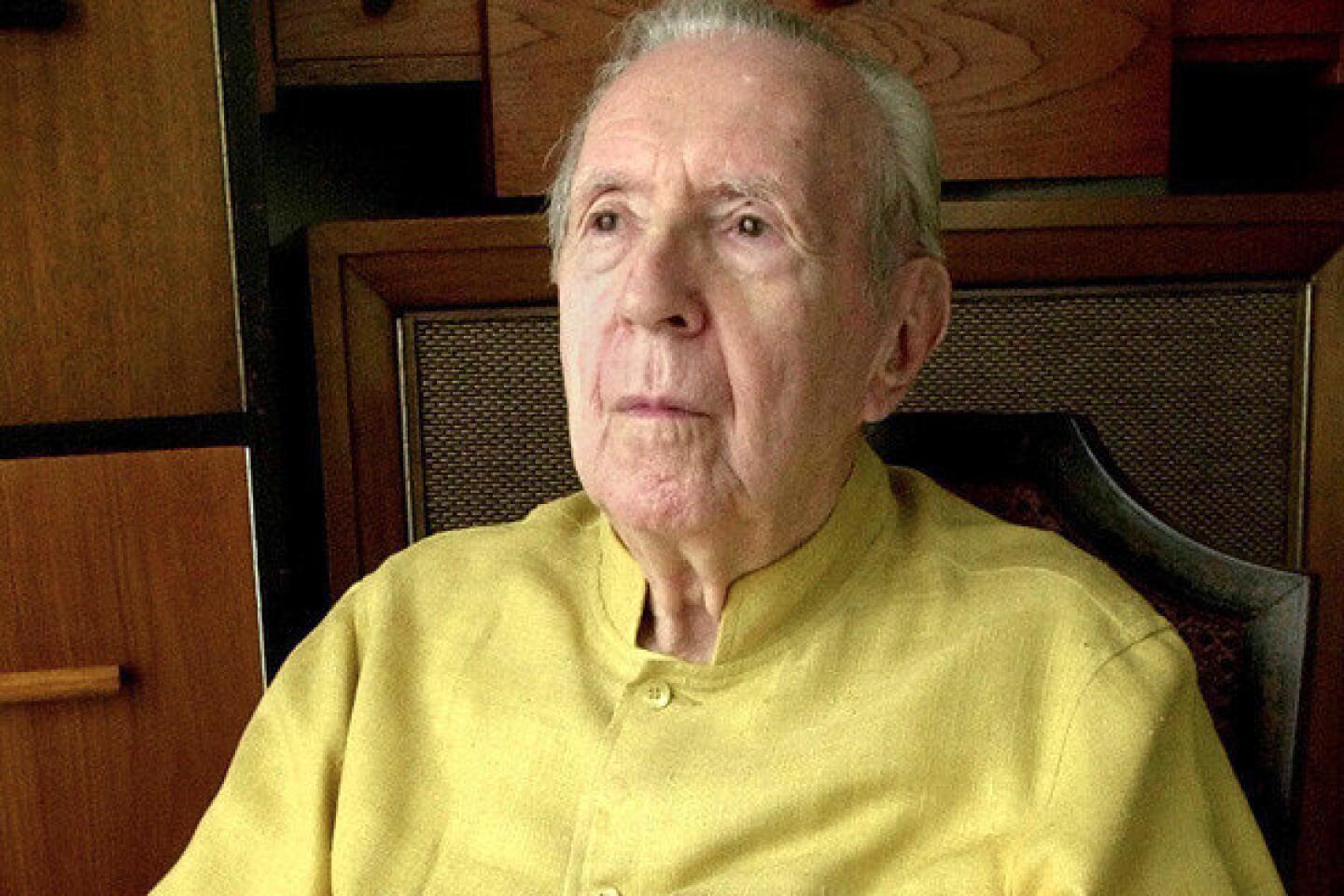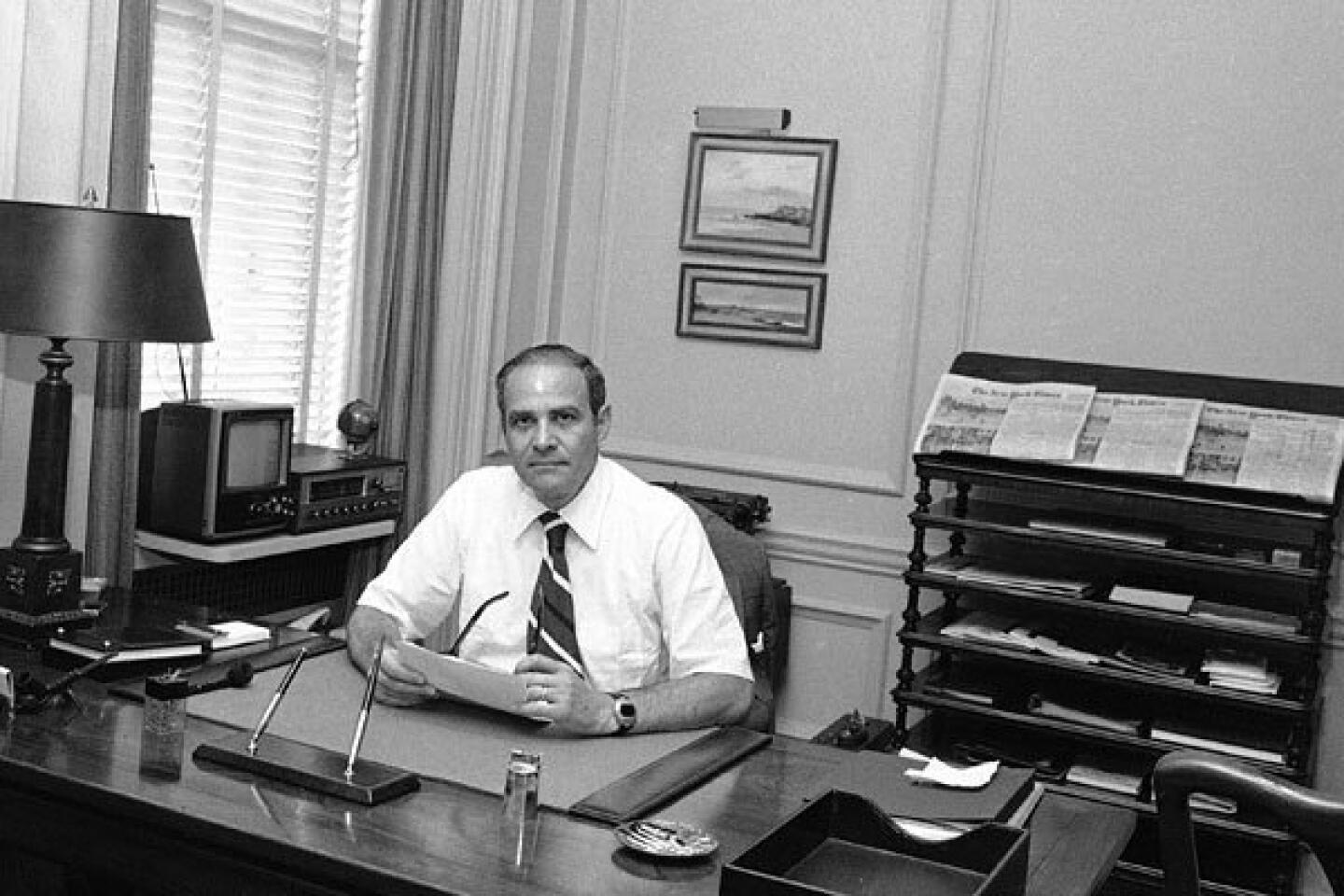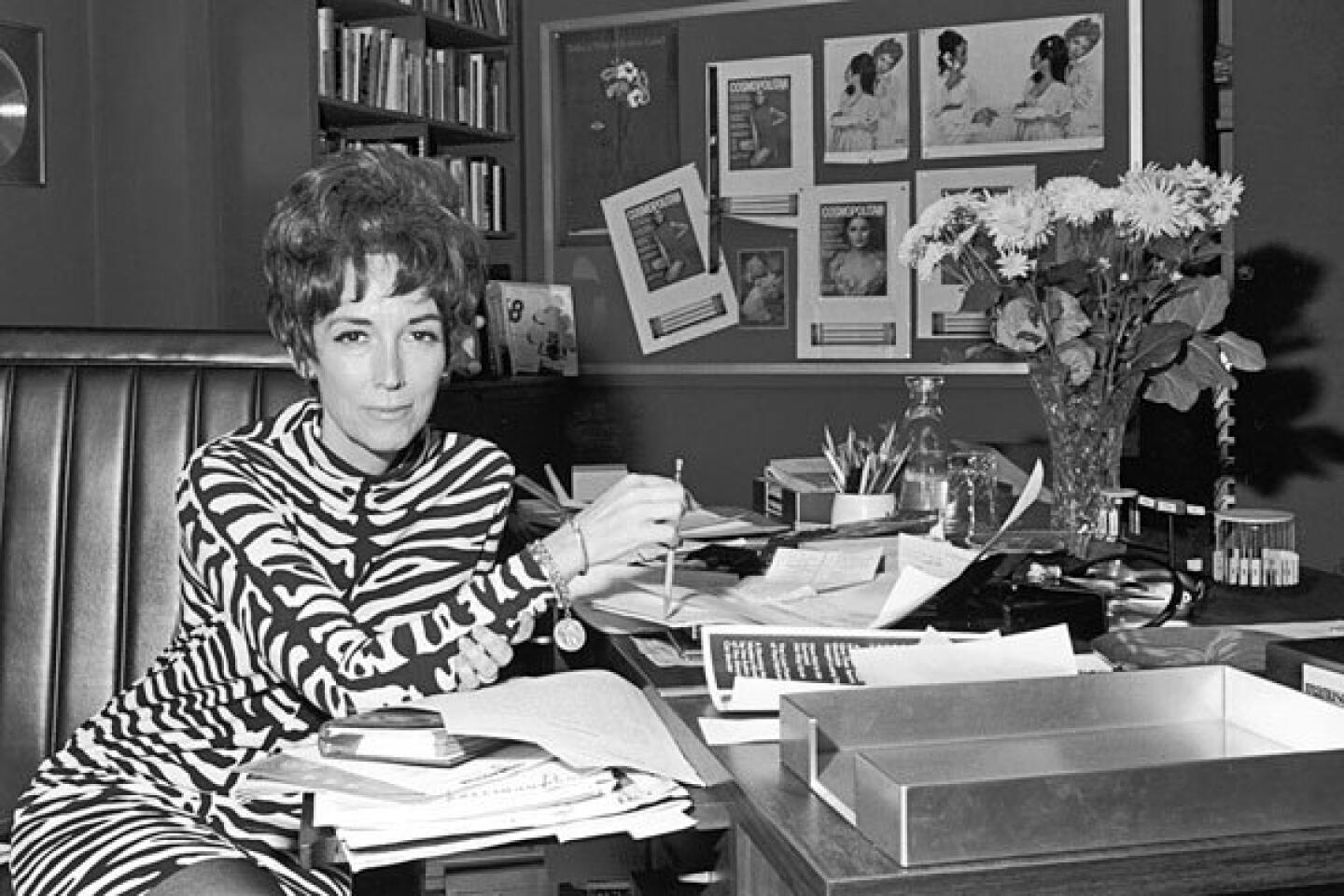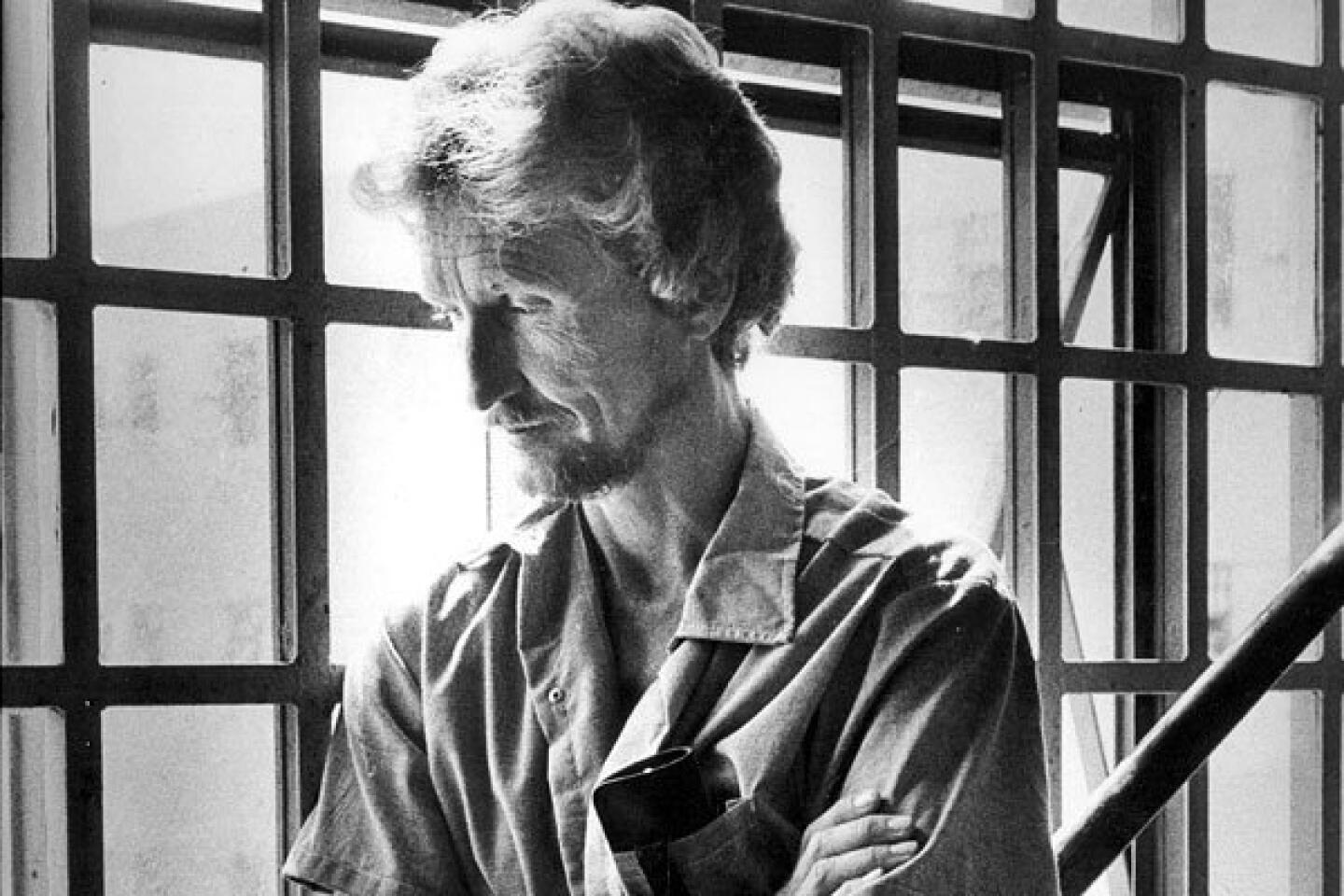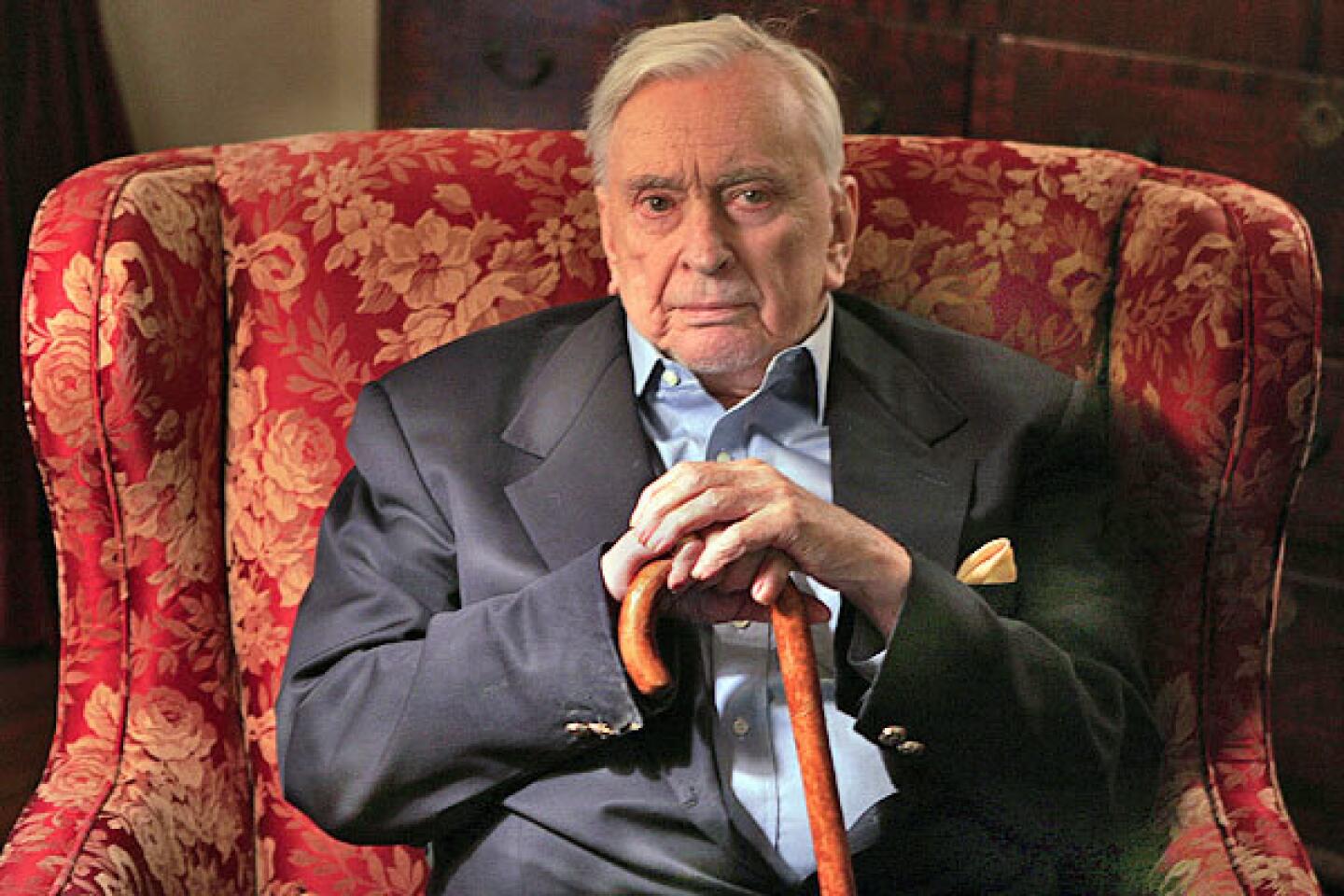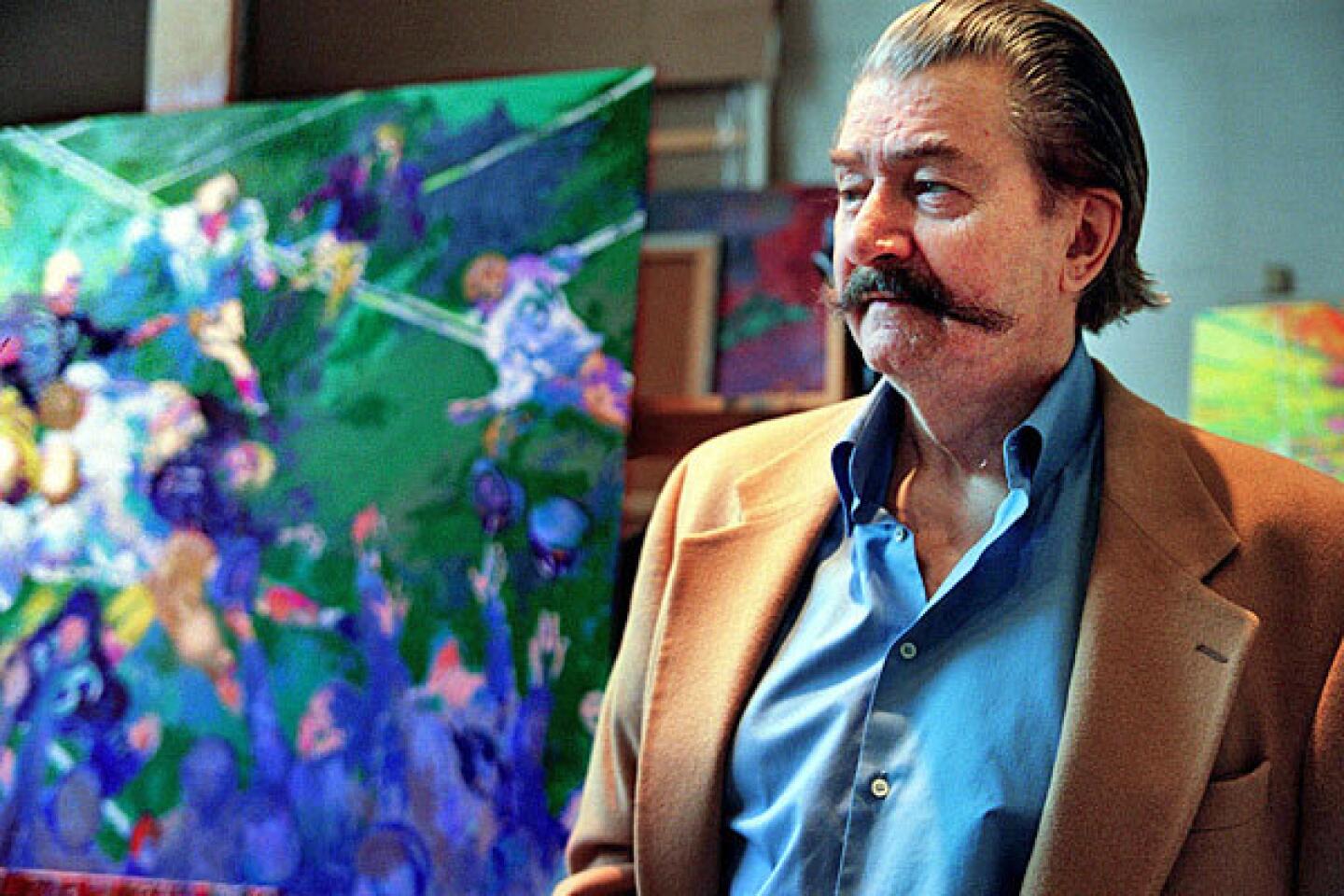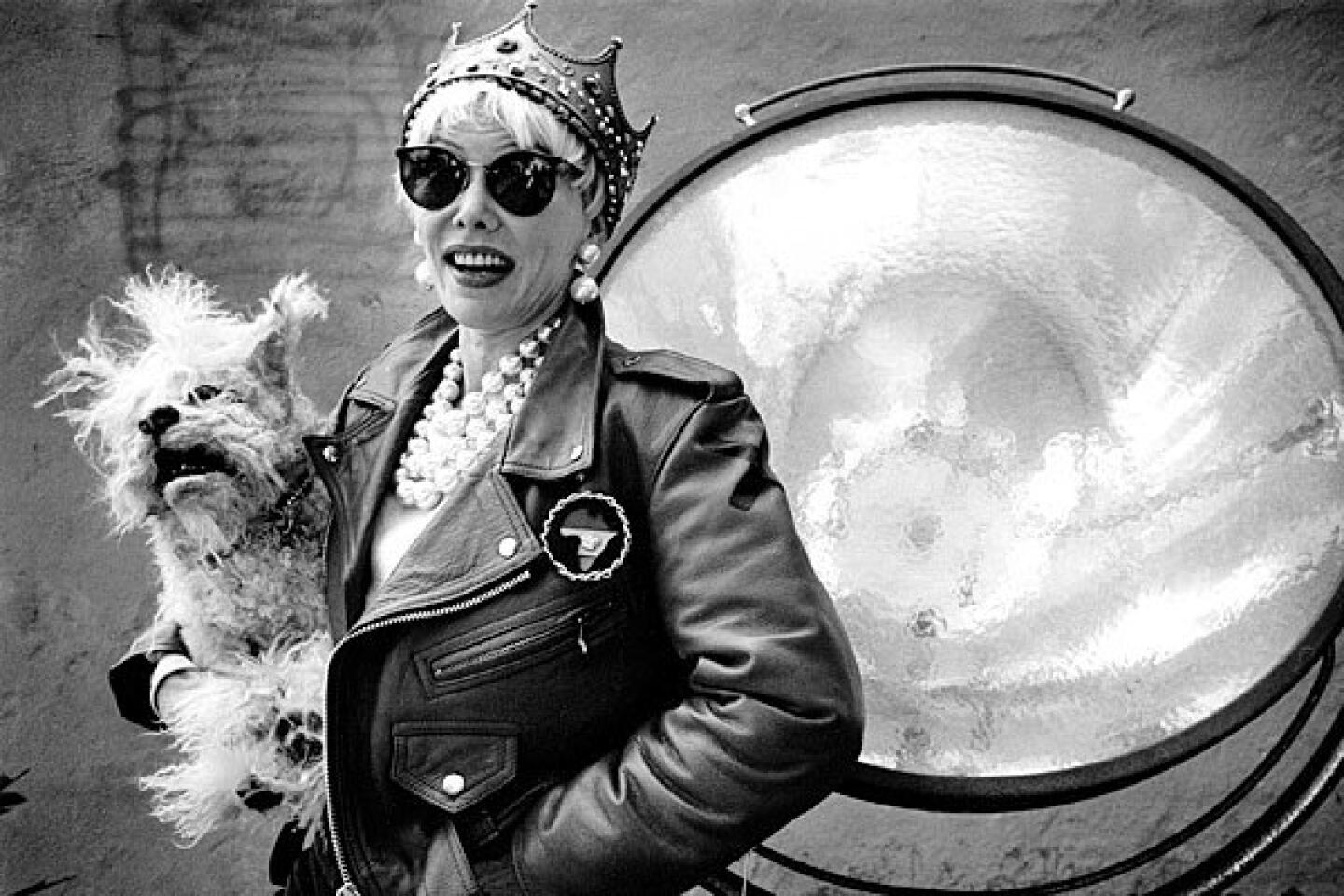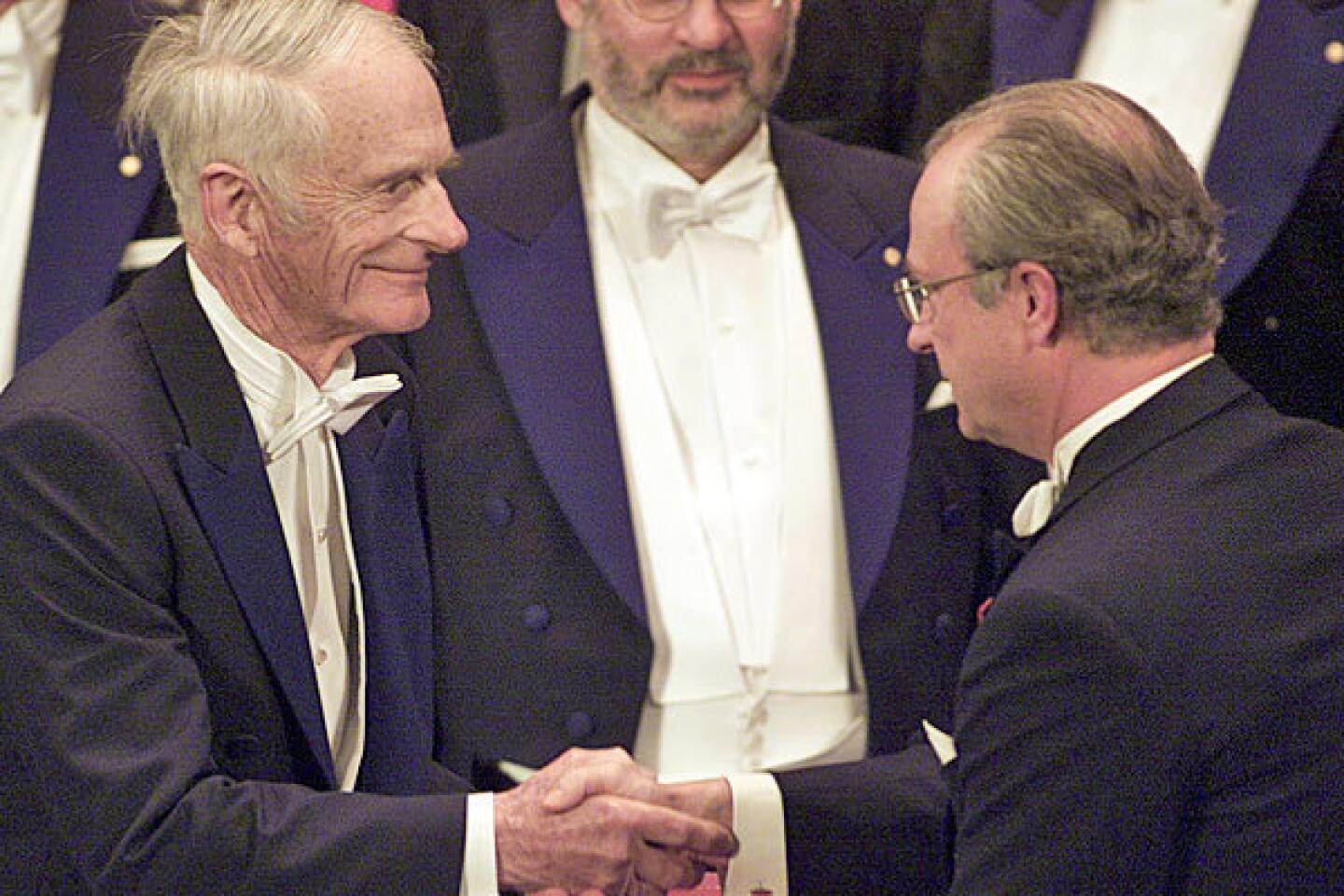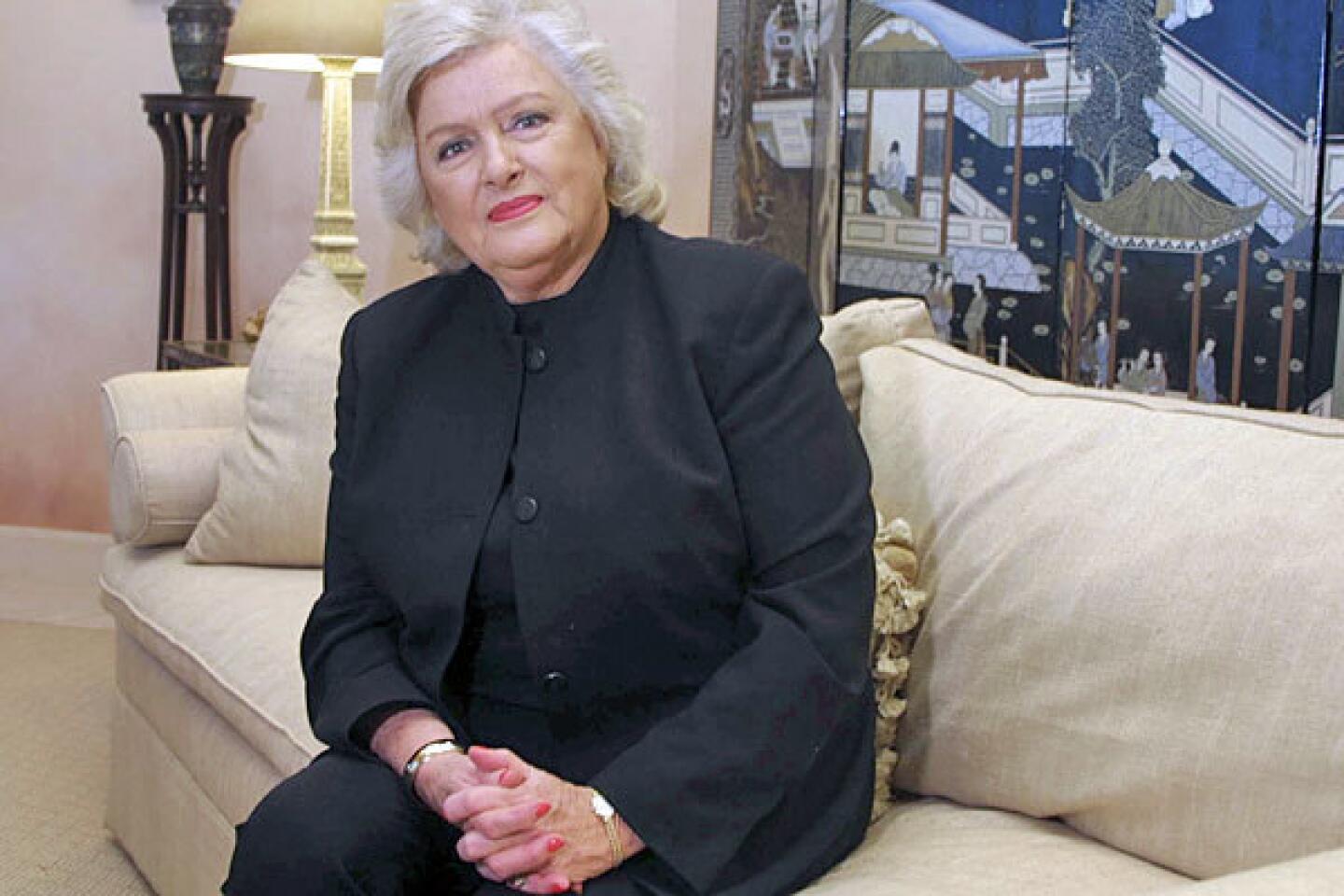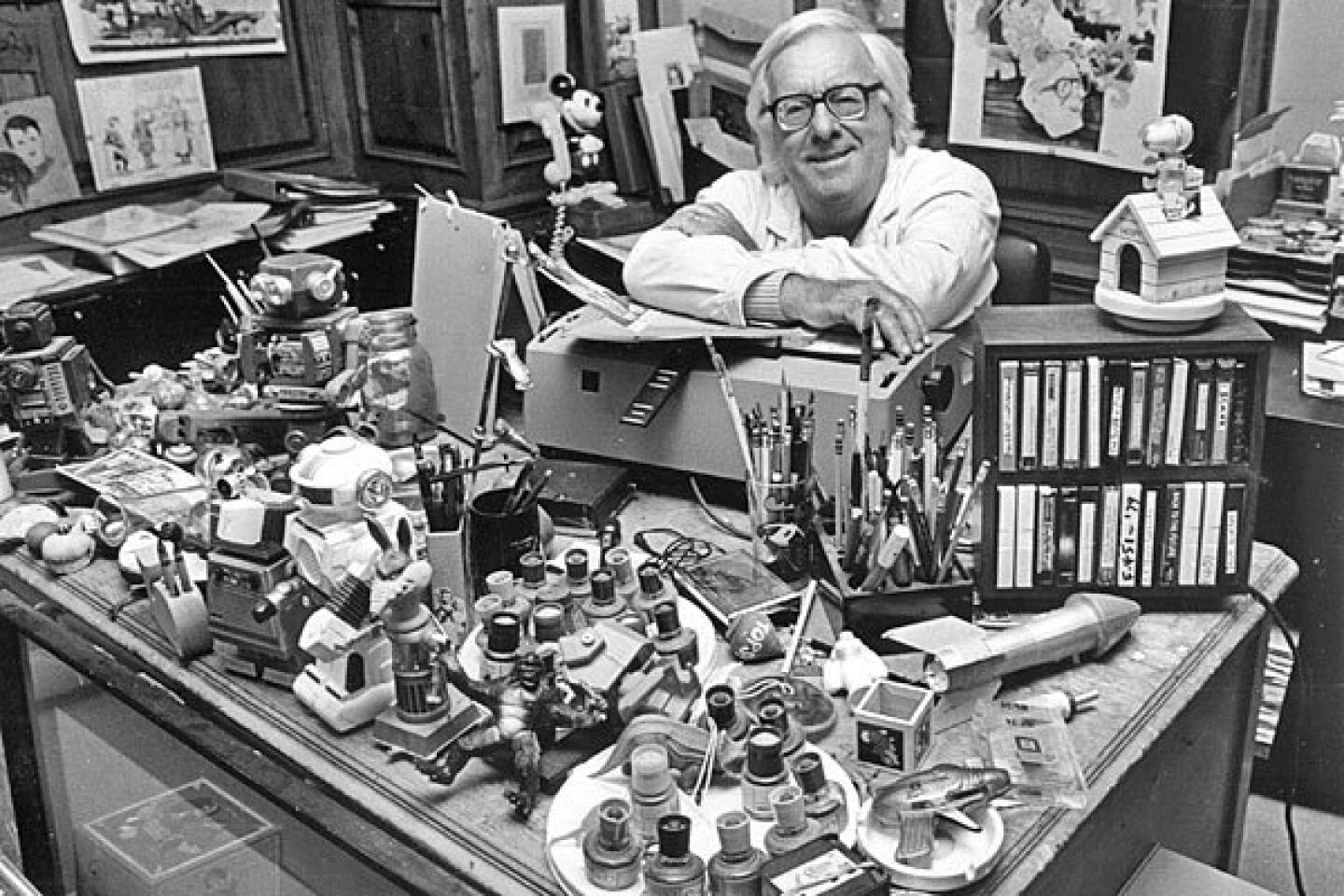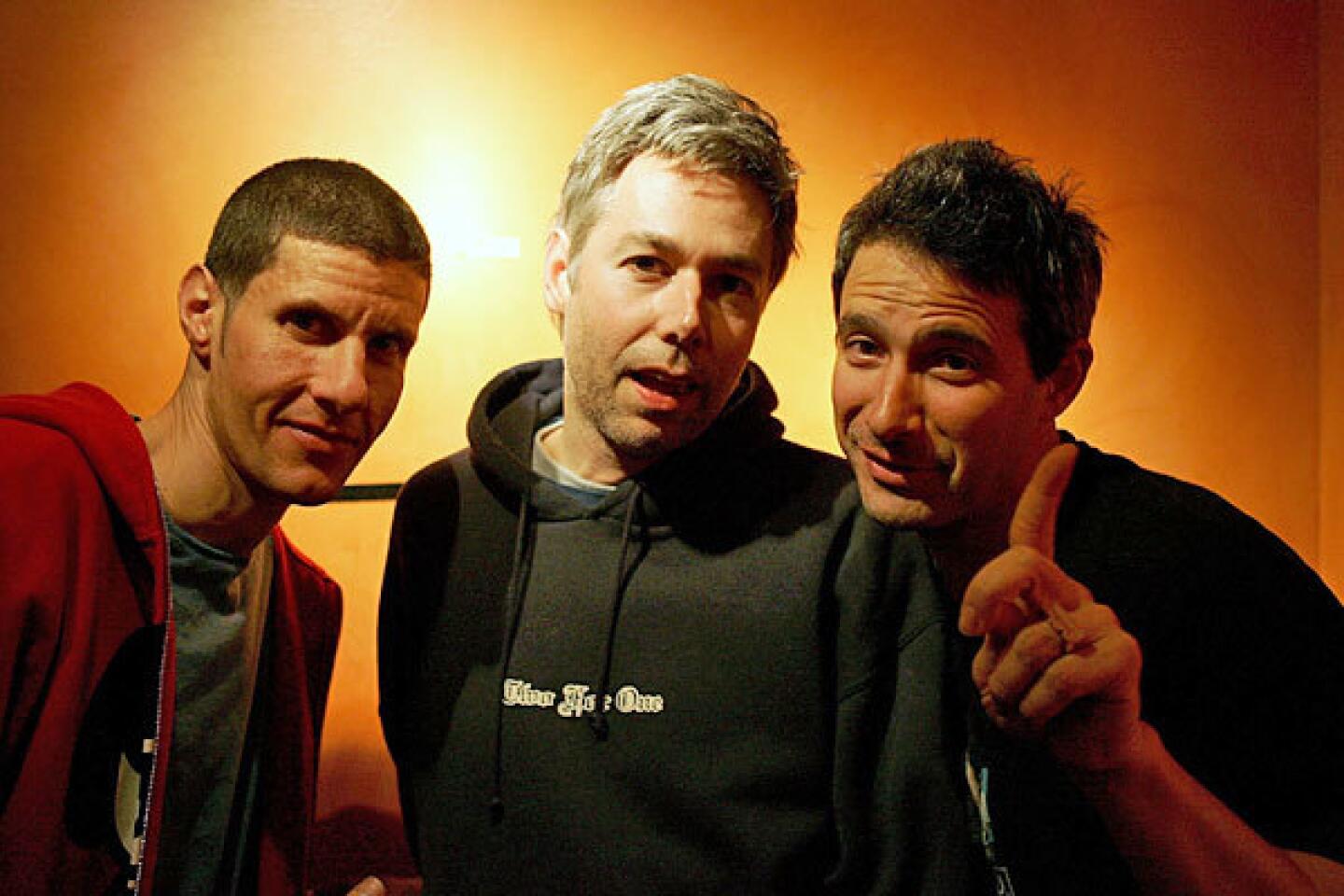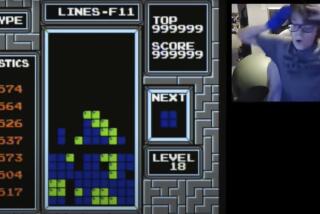Steve Kordek dies at 100; game designer revolutionized pinball
During the Depression, a Chicago man named Steve Kordek got a job as a solderer at Genco Pinball Co. and worked his way up from the production line to the engineering department. When the company’s head designer fell ill, Kordek was told to fill in and design a new pinball game — one to beat all others.
Then 26, he had never designed a game himself. So he borrowed a concept — the flipper — from a competitor. But instead of having six flippers in the upper playing field, he reduced it to two electrified flippers near the drain at the bottom, which resulted in more power to rocket the ball back to the top.
At a 1948 pinball trade show, Kordek’s groundbreaking “Triple Action” game stole the show and rendered every other arcade game obsolete.
“I just figured, what the hell, two flippers on a game was enough,” Kordek told the Chicago Tribune in 2009. “I was taught to be very conservative to hold down costs. There was no way I was going to put six flippers on a game when I could get away with two.”
Kordek died Sunday at a hospice in Park Ridge, Ill., of complications related to a fall a year and a half ago, his family said. He was 100.
“What Steve did was revolutionize the game of pinball,” said Larry DeMar, a video game and pinball designer and president of Leading Edge Design in Northbrook, Ill. “It now became a defensive battle.”
Considered one of the industry’s best designers, Kordek later developed the drop target for the 1962 pinball game “Vagabond” and multi-ball play for 1963’s “Beat the Clock.”
During his career, his other bestselling games included “Grand Prix,” “Pokerino” and “Space Mission.”
“It wasn’t just about the machine as a working mechanical device,” Jim Schelberg, editor of the Pingame Journal, told the Chicago Tribune in 2009. “He loved pinball.”
Born Dec. 26, 1911, and reared in Chicago’s Bucktown neighborhood, Kordek was the son of a Polish immigrant and the eldest of 10 children.
In his early 20s, Kordek joined the Civilian Conservation Corps and worked for a few years with the Forestry Service in Idaho before returning to Chicago.
In the 1950s, he left Genco to work for Bally Manufacturing Corp., and later Williams Manufacturing Co., both in Chicago. Through the 1970s, he designed up to 20 games a year. He eventually became chief advisor and mentor to up-and-coming designers.
He retired from Williams in 1999 after the company closed its pinball division, but remained on for several years as a volunteer archivist, helping to preserve the game’s rich history.
Kordek’s wife of 62 years, Harriet, died in 2003. He is survived by two sons, two daughters, two brothers, a sister, six grandchildren and nine great-grandchildren.
“The secret to designing a good game is to attract the player,” Kordek said in the 2009 Chicago Tribune interview. “What attracts a player, first, is the pictures on the back glass of the game. Second, if what he sees on the play field is different, that’s a success. And when the features are so exciting that he wants to put more money in it, you’ve got him.”
More to Read
Start your day right
Sign up for Essential California for the L.A. Times biggest news, features and recommendations in your inbox six days a week.
You may occasionally receive promotional content from the Los Angeles Times.





